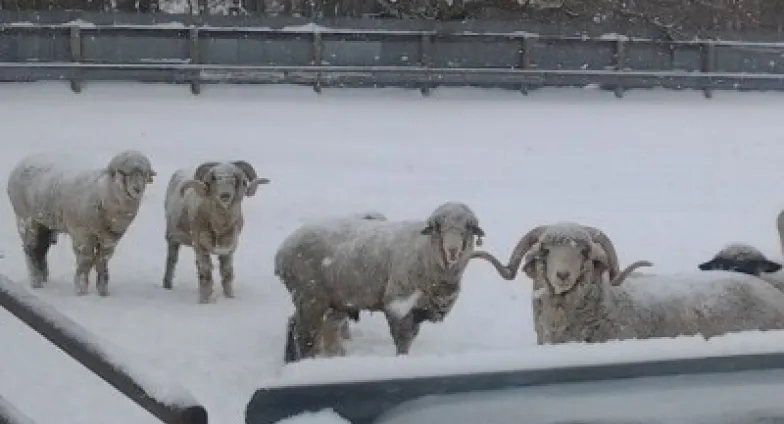Research
The Hettinger REC is a semi-arid site located in southwest North Dakota, providing the most southerly NDSU location in the non-glaciated portion of North Dakota as a site for its agronomy research program. The HREC also is located at the center of the North Dakota sheep industry, the focus of one of its animal research programs. Furthermore, the HREC is located in an area of rapidly growing livestock feeding ventures, another focus of animal research at the HREC. Additionally, the HREC is located in a region where much of the land base is in the Conservation Reserve Program and Forest Service lands, which has resulted in additional research evaluating potential changes in the CRP program and how these changes may affect upland native and game bird populations. A new research program evaluating low-cost rangeland monitoring strategies on U.S. Forest Service lands has resulted in a significant increase in the quantity of rangeland, livestock, and wildlife interaction research conducted at the HREC throughout the western Dakotas. Research at HREC involves the disciplines of animal science, range and wildlife science agronomy, and weed science. Collaboration is with Main Station scientists, Branch Station scientists, U.S. Forest Service, grazing associations, university scientists from WY, SD, and MT, and USDA research entities in these research disciplines to improve the productivity of livestock and cropping systems and economic development of the region. Through these efforts, the center’s research program has gained a national reputation for its involvement with sheep production systems as well as a strong regional and state reputation for its research in agronomy, multiple-land use, and calf backgrounding.

